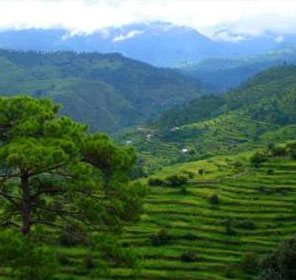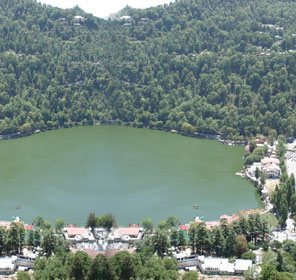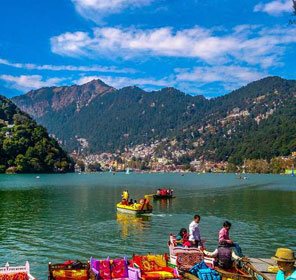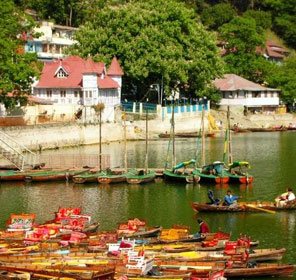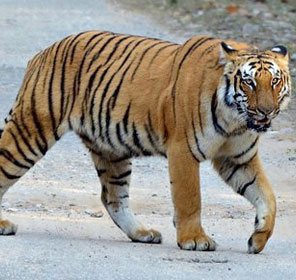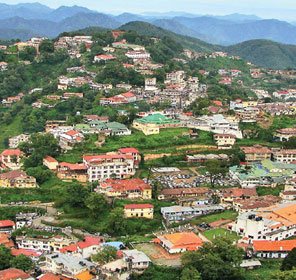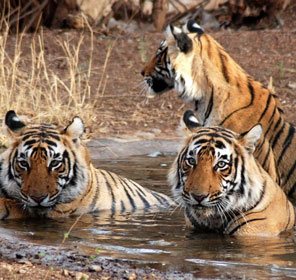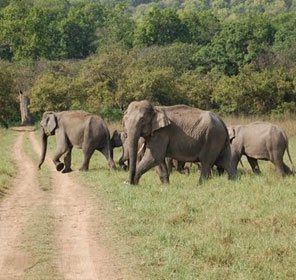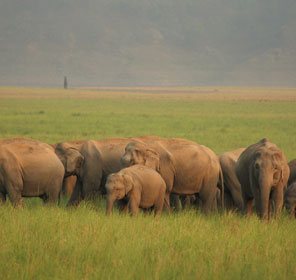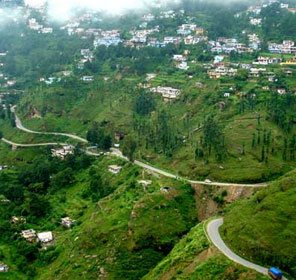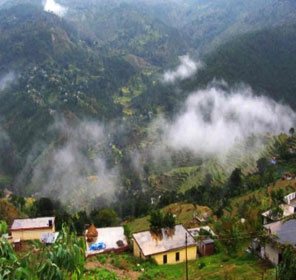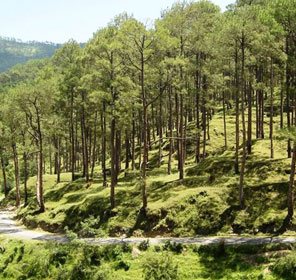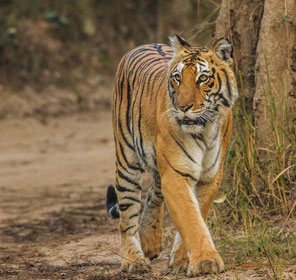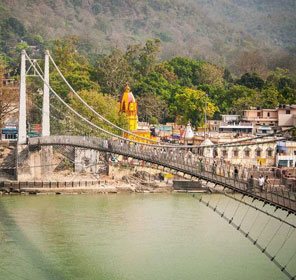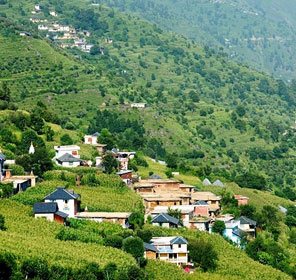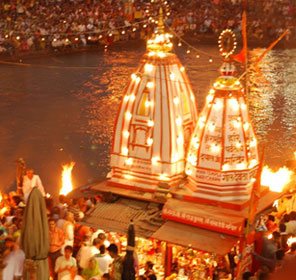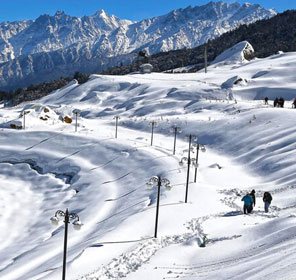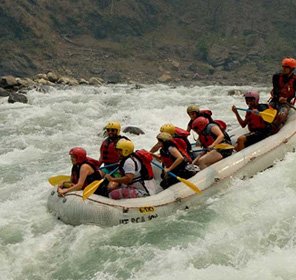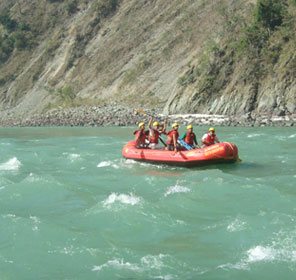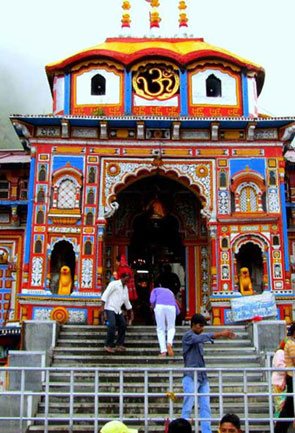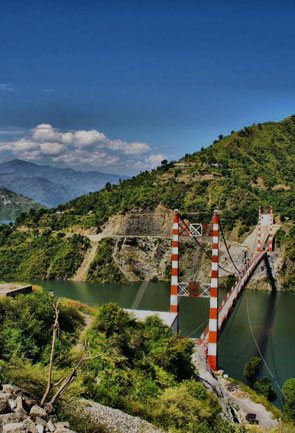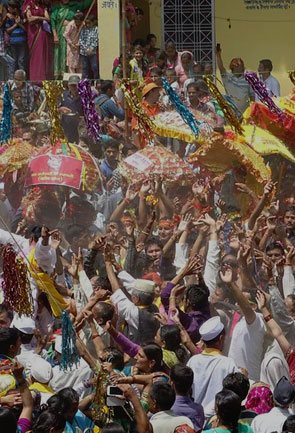

NEW
Bhagirathi River Uttarakhand
Bhagirathi River originates from Gaumukh, which is located at the base of Gangotri and Khatilang glaciers in Uttarakhand. Gaumukh is about 18 km from the town of Gangotri, and is regarded as the birth place of Ganga on earth. At Gangotri, the revered Ganga Goddess is worshipped in the Gangotri temple, which is one of the Chota Char Dham temples in Garhwal. The river embarks on a course extending for about 205 km, in which it is joined by small streams and rivers. Bhagirathi ends its journey when its forms a union with Alaknanda to create Ganga at Devprayag.
Bhagirathi River is one of the two headstreams of Ganga, the other being Alaknanda River. Bhagirathi’s reputation as the source stream of Ganga is based on mythology. As regards the length and discharge, Alaknanda is considered as the source stream. The origin of the Bhagirathi River holds great value in Hindu religion. Bhagirathi (meaning, ‘caused by Bhagiratha’) has been named after King Bhagiratha who has meditated to bring Ganga on earth so that the sins of his forefathers can be washed away.
It is believed that as Ganga was coming down from heaven, her force was so ferocious that if not contained, it would destroy the earth completely. Lord Shiva came forward and tied her in his tangled hair. Then he released Ganga from his hair in the form of seven streams called – Bhagirathi, Alaknanda, Rishiganga, Janhvi, Saraswati, Bhilangana and Mandakini.
River Bhagirathi starts its journey at Gaumukh and then is joined by tributaries such as – Kedar Ganga, Jadh Ganga, Kakora Gad, Jalandari Gad, Siyan Gad, Asi Ganganear and Bhilangana.

At the height of 475 metres above the sea level, Bhagirathi meets Alaknanda at Devprayag. The point of confluence at Devprayag is considered very sacred as this is the spot from where Ganga becomes complete and commences its journey.
Through the construction of hydroelectric dams over the river, Bhagirathi also sustains the production of power.













